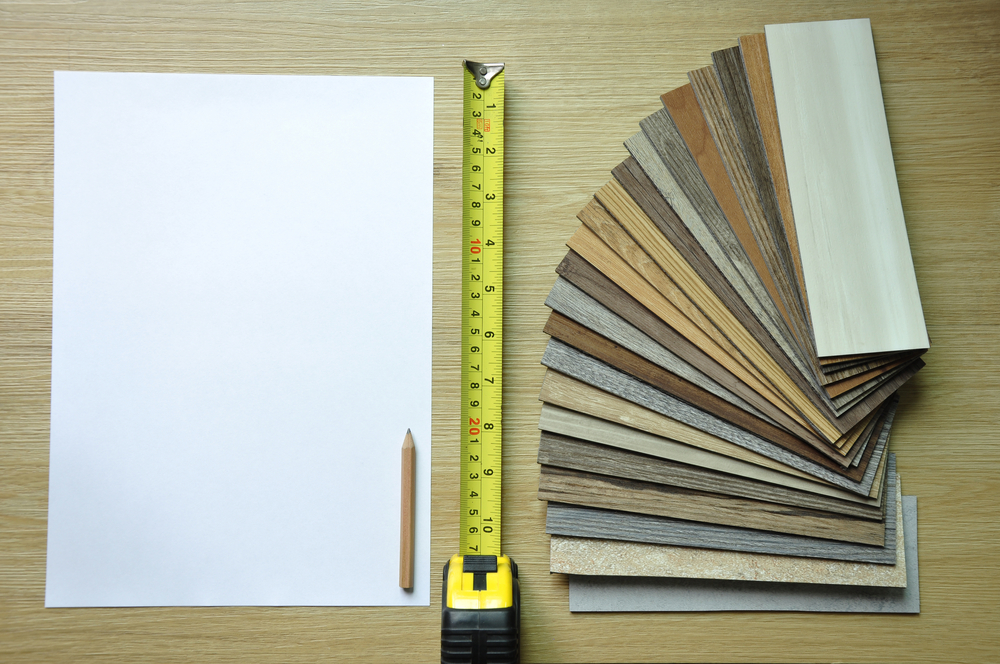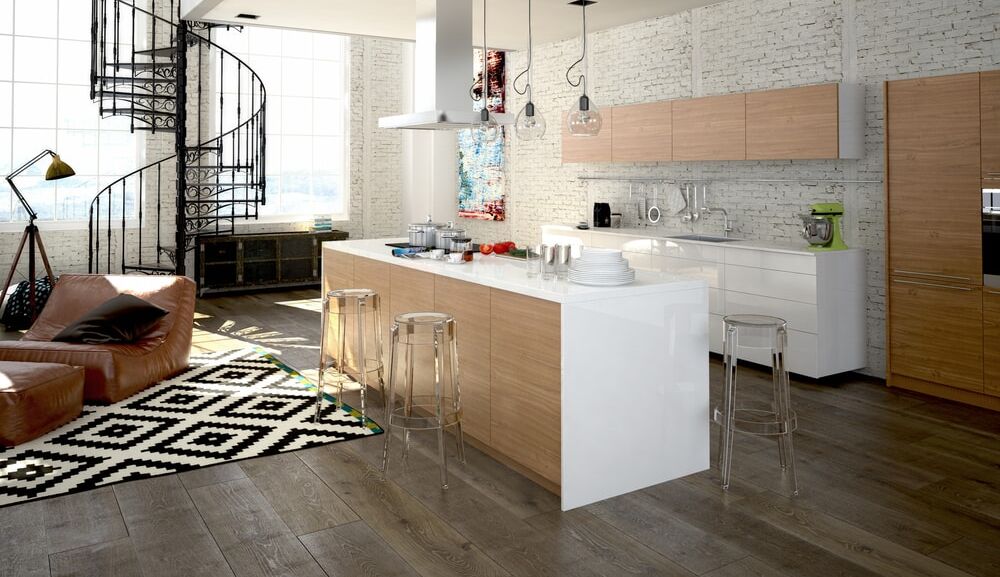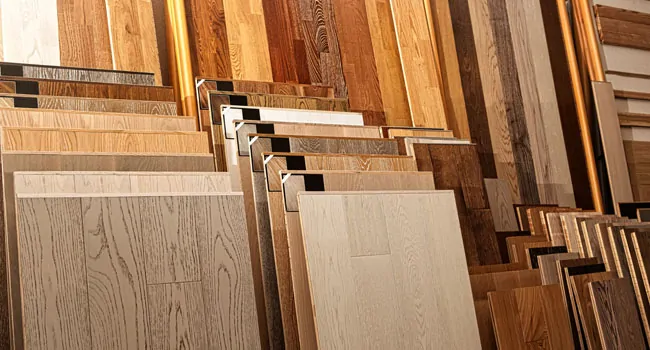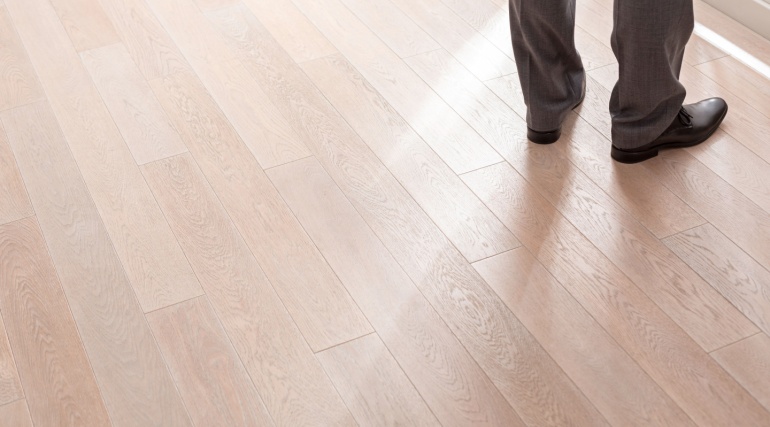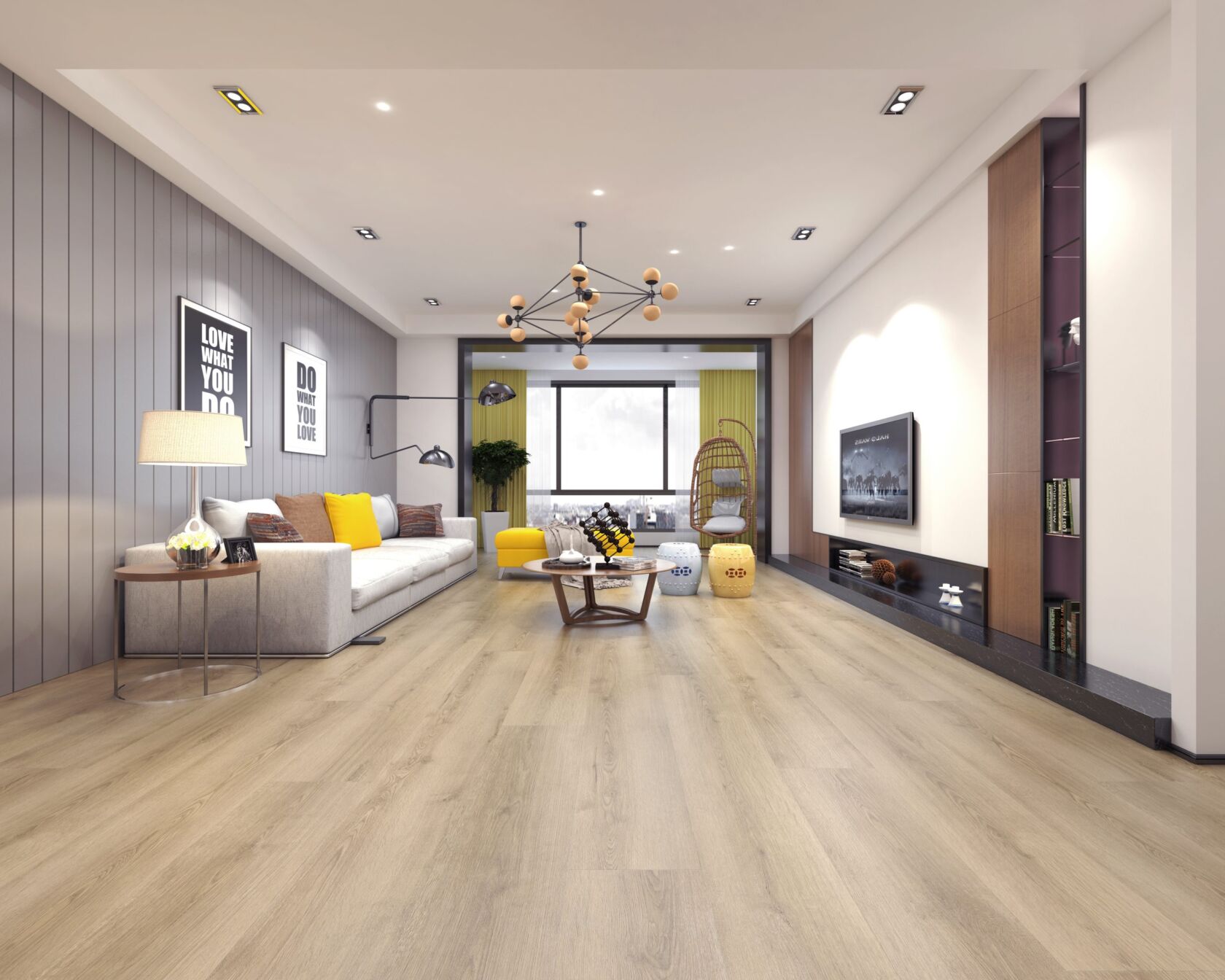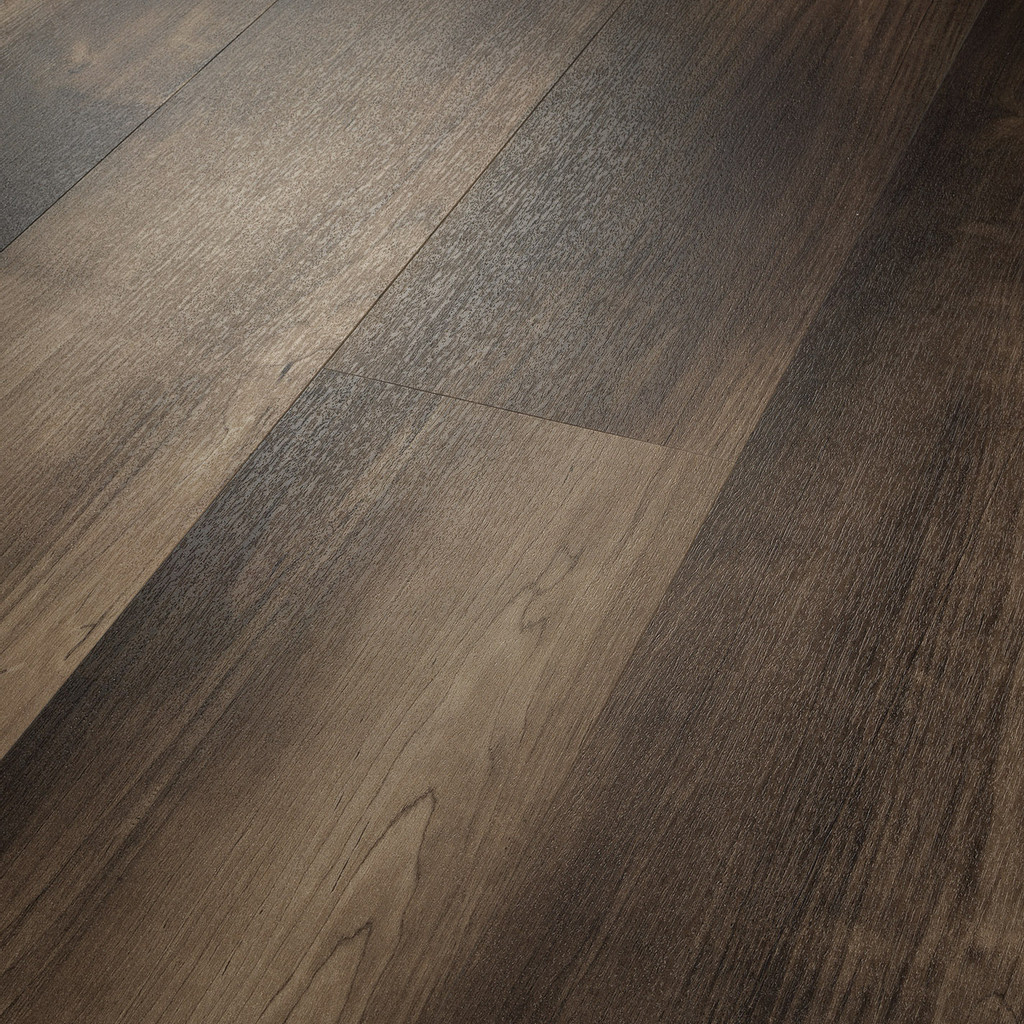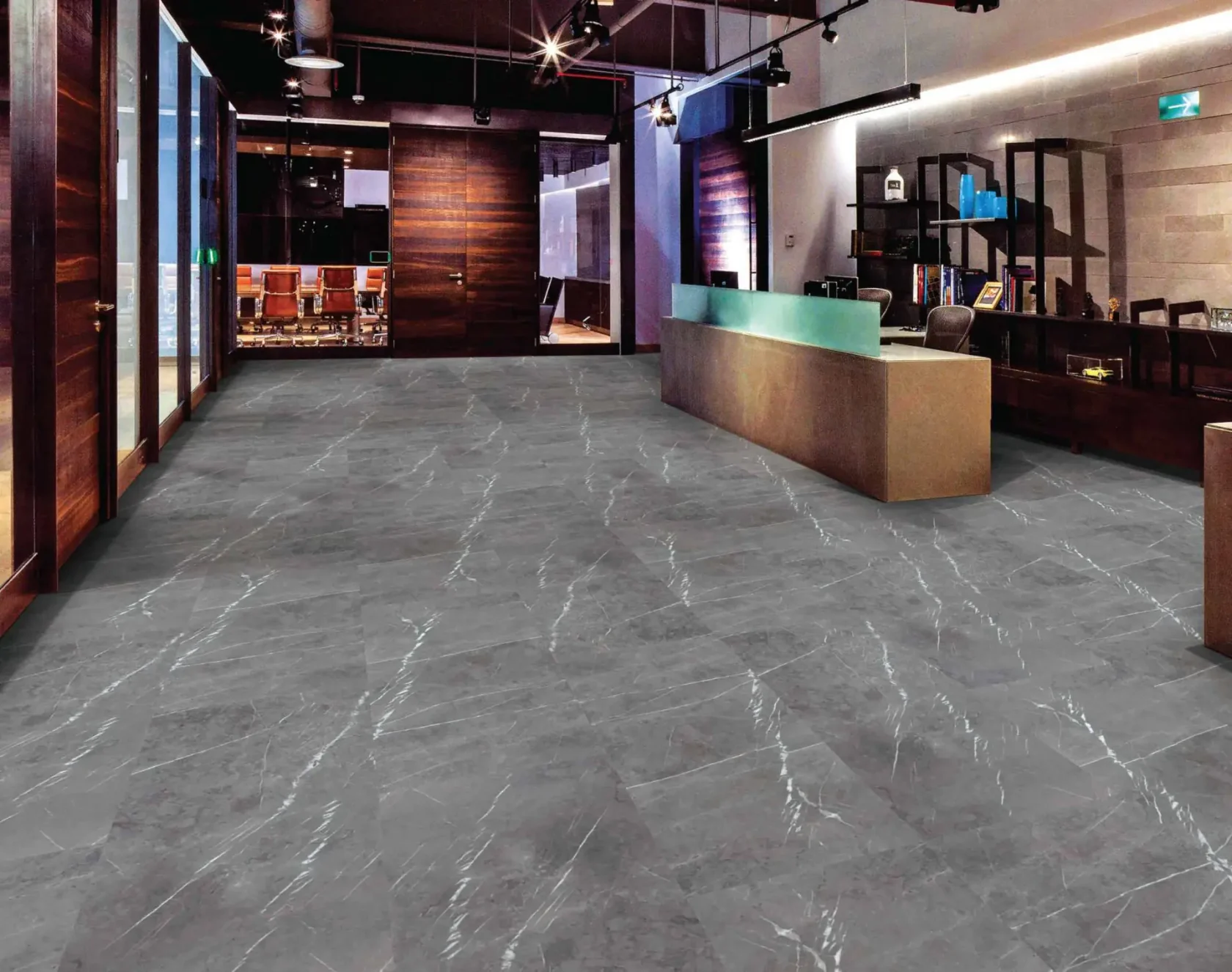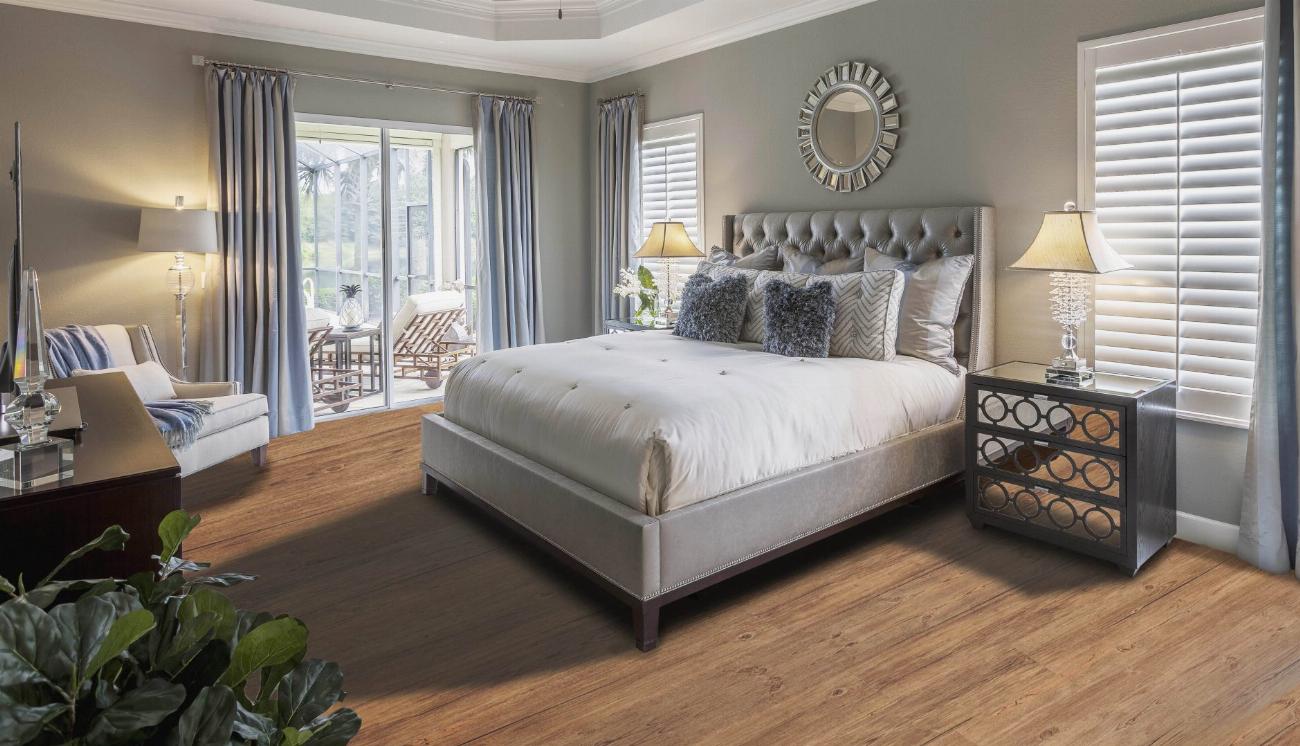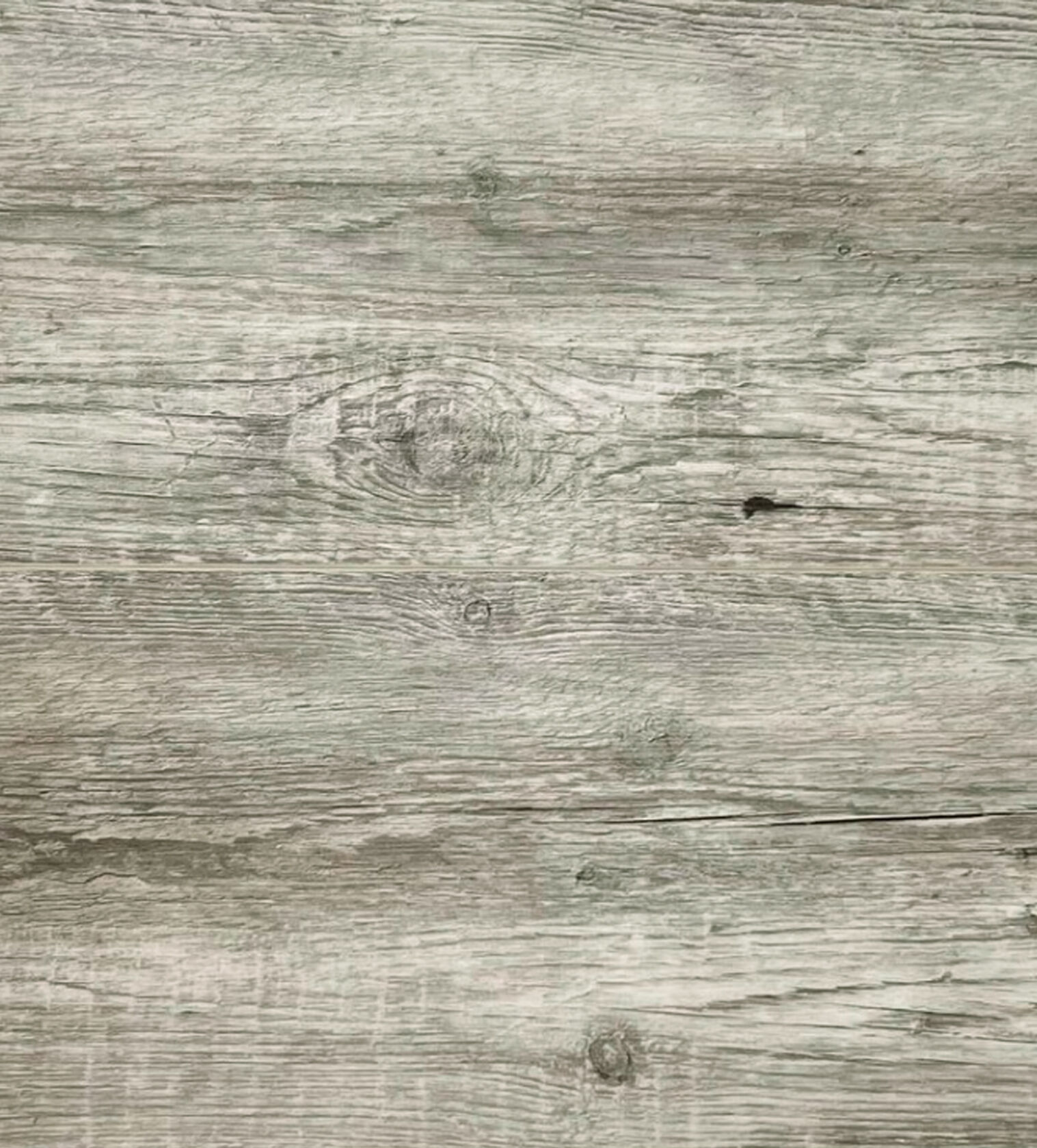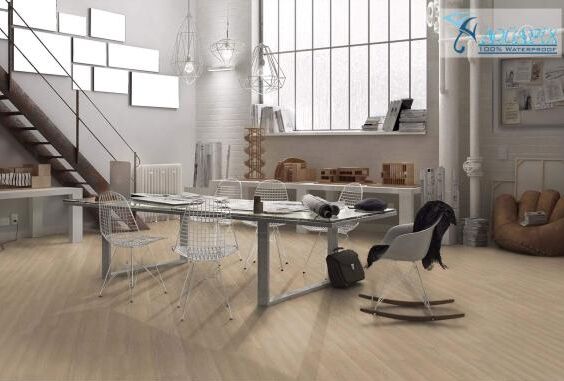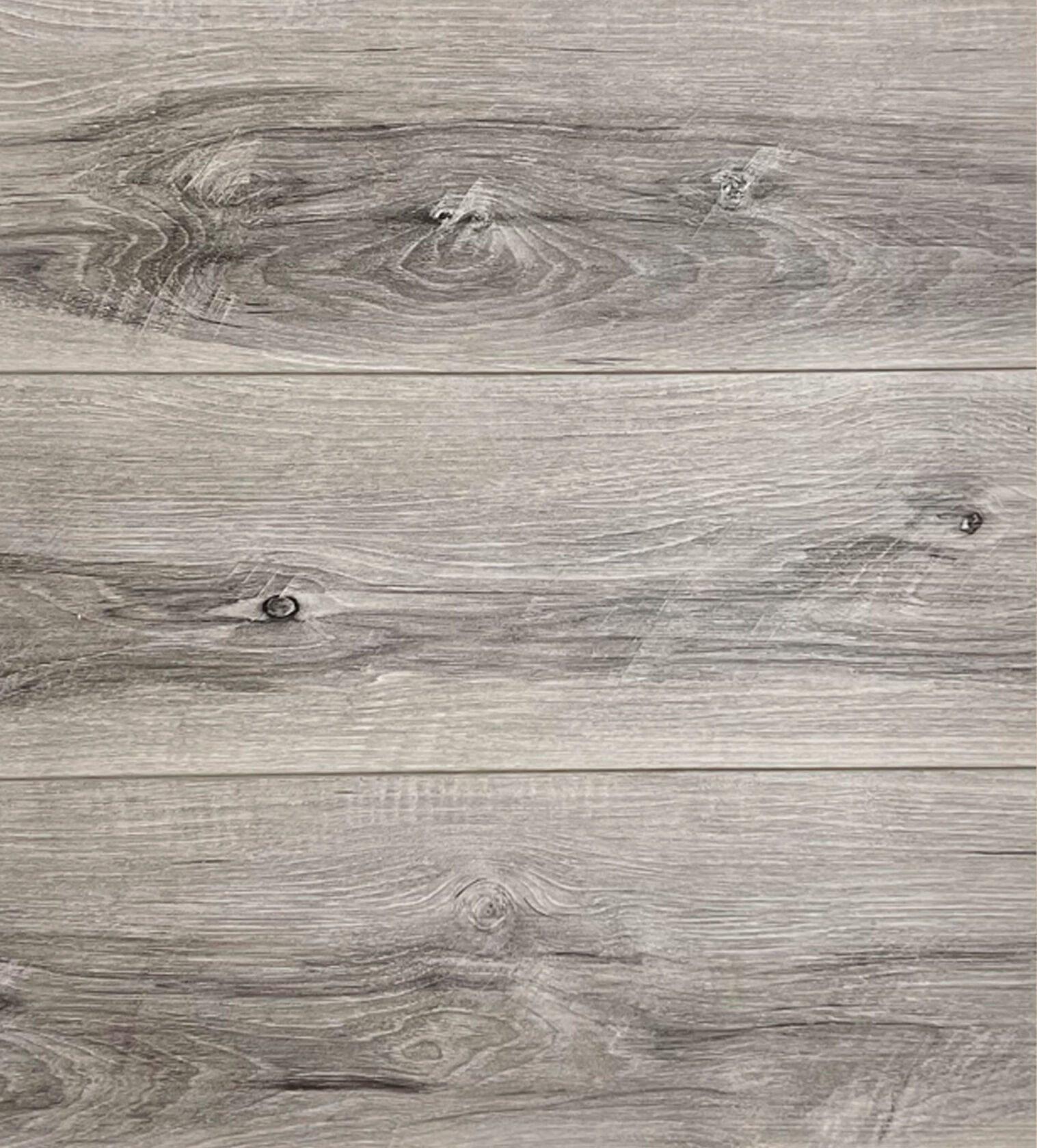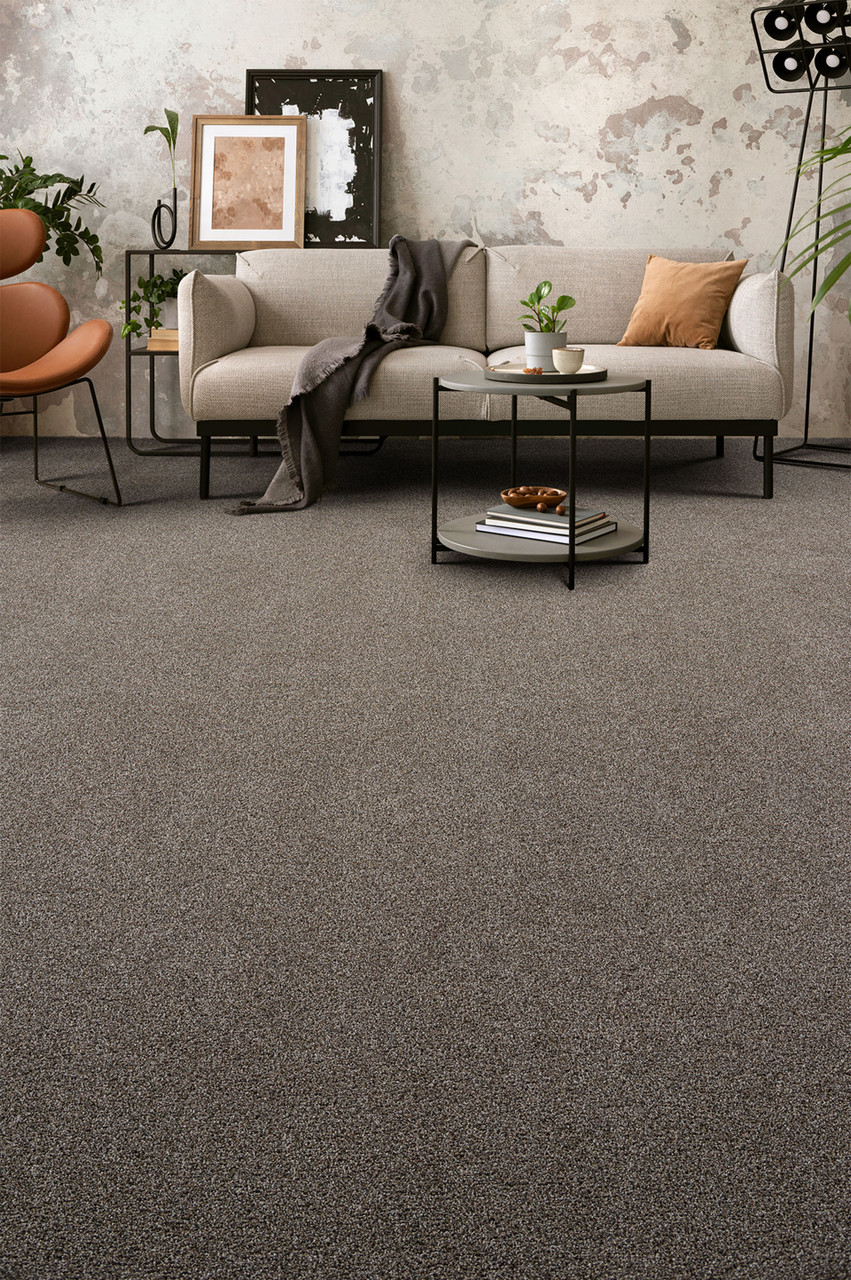Alternative flooring options that replicate the look of hardwood have become increasingly popular. Thanks to technological advancements, materials like laminate and linoleum now offer a more realistic wood-like appearance, making it harder for homeowners to choose between them.
The biggest difference? Laminate flooring is made from high-density fiberboard with a printed wood-look layer, while linoleum is crafted from natural materials like linseed oil and wood flour. Understanding these key distinctions can help you decide which option is the best fit for your home.
At Deerfoot Carpet & Flooring, we make the decision easier with expert advice and a wide selection of laminate flooring in Calgary. Whether you’re looking for durability, style, or budget-friendly options, we’re here to help you find the perfect flooring for your home!
About Laminate Flooring
Laminate flooring is a synthetic product made from multiple layers. It consists of:
- A high-density fiberboard (HDF) core that provides strength and stability.
- A photographic layer that mimics the look of wood, stone, or tile.
- A protective topcoat that adds durability and resists scratches.
Laminate flooring is a cost-effective alternative to hardwood, offering a realistic appearance with easy installation.
About Linoleum Flooring
Linoleum is a natural flooring option made from linseed oil, cork powder, and wood flour. It has been a staple in homes for over a century and is known for its resilience and eco-friendly composition. Linoleum comes in sheets or tiles and is available in a variety of colours and patterns.
Key Differences Between Laminate and Linoleum Flooring
1. Material & Composition
Laminate: Made from high-density fiberboard and synthetic layers.
Linoleum: Composed of natural materials like linseed oil and wood flour.
2. Durability & Lifespan
Laminate: Highly resistant to scratches and wear but can be damaged by moisture. Lasts 10-25 years.
Linoleum: Naturally durable and can last 20-40 years with proper maintenance. More resistant to dents but can be susceptible to moisture damage.
3. Water Resistance
Laminate: Not waterproof. Excess moisture can cause warping and swelling.
Linoleum: More water-resistant but requires sealing to prevent moisture infiltration.
4. Maintenance & Cleaning
Laminate: Easy to clean with a damp mop and mild cleaner. Avoid excessive water.
Linoleum: Requires regular waxing and sealing to maintain its look and longevity.
5. Installation
Laminate: Features a click-lock system for easy DIY installation over existing floors.
Linoleum: Typically glued down, making installation more complex and best suited for professionals.
6. Cost Comparison
Laminate: Generally more budget-friendly
Linoleum: Costs slightly more but offers longer durability.
7. Appearance & Style
Laminate: Available in various designs, including wood, tile, and stone looks.
Linoleum: Offers vibrant colours and patterns but lacks the realistic wood appearance of laminate.
Which One is Right for You?
If you’re looking for an affordable, stylish, and low-maintenance flooring option that mimics the look of hardwood, laminate flooring in Calgary is the way to go. It offers a realistic wood appearance, is easy to clean, and provides excellent durability for busy households. While linoleum is a great choice for those who prefer a natural, eco-friendly material with a retro aesthetic, laminate gives you the best balance of style, convenience, and cost-effectiveness.
Not sure which flooring suits your space best?
Contact us today to visit our showroom to explore our wide selection and get expert advice to make the right choice!

